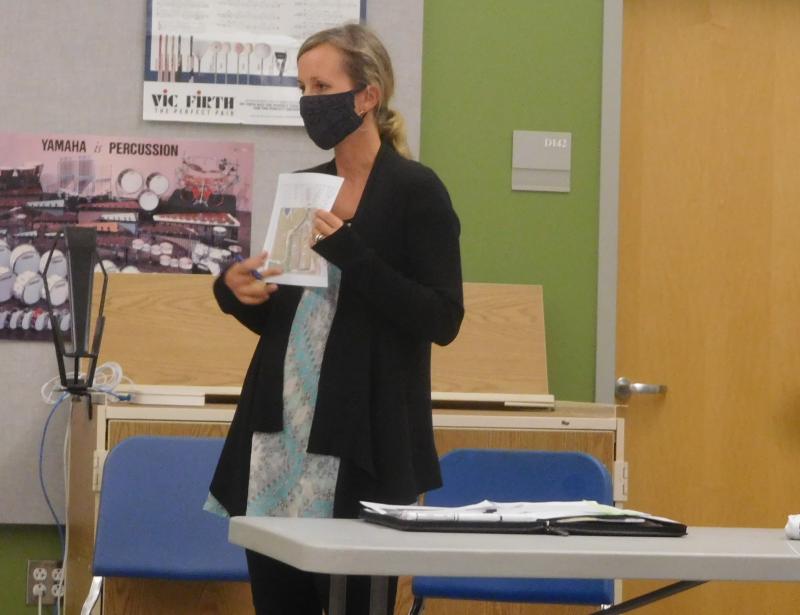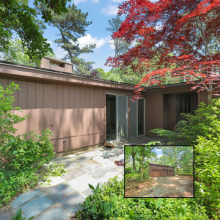Neighbors weigh in for, against Rochester bog array
ROCHESTER — Before the Planning Board closed the public hearing on a set of solar arrays positioned over canals on the Eldredge Bog on Pierce Street, a few neighbors weighed in both for and against the project.
Sarah Stearns from Beals and Thomas engineering and architecture firm came before the board for her third hearing and said there were only minor changes to the plan, straightening one of the arrays slightly and shifting the position of the canal underneath for a more efficient design.
Laborers would do that by digging out a section of the bog and making the road along the bog temporarily wider.
Pierce Street resident Lois Paquin had gone to 28 neighbors and had them sign a petition against the arrays. She objected to the fact that they are in an area zoned as residential, believes they will decrease her home’s value, and thinks that seeing them over the waterways will disrupt the integrity of the neighborhood, and the unspoiled water views she now has.
Planning Board Chair Arnold Johnson responded to several of Paquin’s concerns. He said construction will have minimal impact on neighborhood traffic, especially with no clearing planned for the project, and that there are conditions in place to protect the neighborhood. He said he would like to see Paquin’s data on home values, since he hasn’t heard of anything similar in Rochester.
He explained that because solar arrays have a somewhat protected status the board “cannot turn them down just because we don’t like them,” adding that would “put us at risk and the town in financial peril.”
Brian Sylvia lives on Pierce Street and showed up with several questions.
He acknowledged that the bogs in question are surrounded by woods, but wondered if allowing one set of panels over canals would set a precedent for other more visible bogs.
Johnson said that it would not because the town’s solar bylaw says arrays must be screened.
Sylvia also asked about the environmental impact of the array. Stearns said since the array is just over the canal, the environmental impact would be minimal. In fact, the waterways are usually very shallow due to evaporation in the summer, and she hopes the shading from the array will help keep the water temperature lower.
Paquin rebutted this point by saying that the plants and animals that live in the canals thrive when it is warm, and cooling things down might harm them.
Sylvia also asked how high the poles holding the array were. Stearns said they would be about 10 feet.
One abutter spoke out in favor of the array. He said he walks the bogs almost every day, and has many clients and friends in the industry. Considering its recent decline, he thinks, “if anything can help them it is a great thing.”
The board will start on a draft decision on the project for its next meeting.











